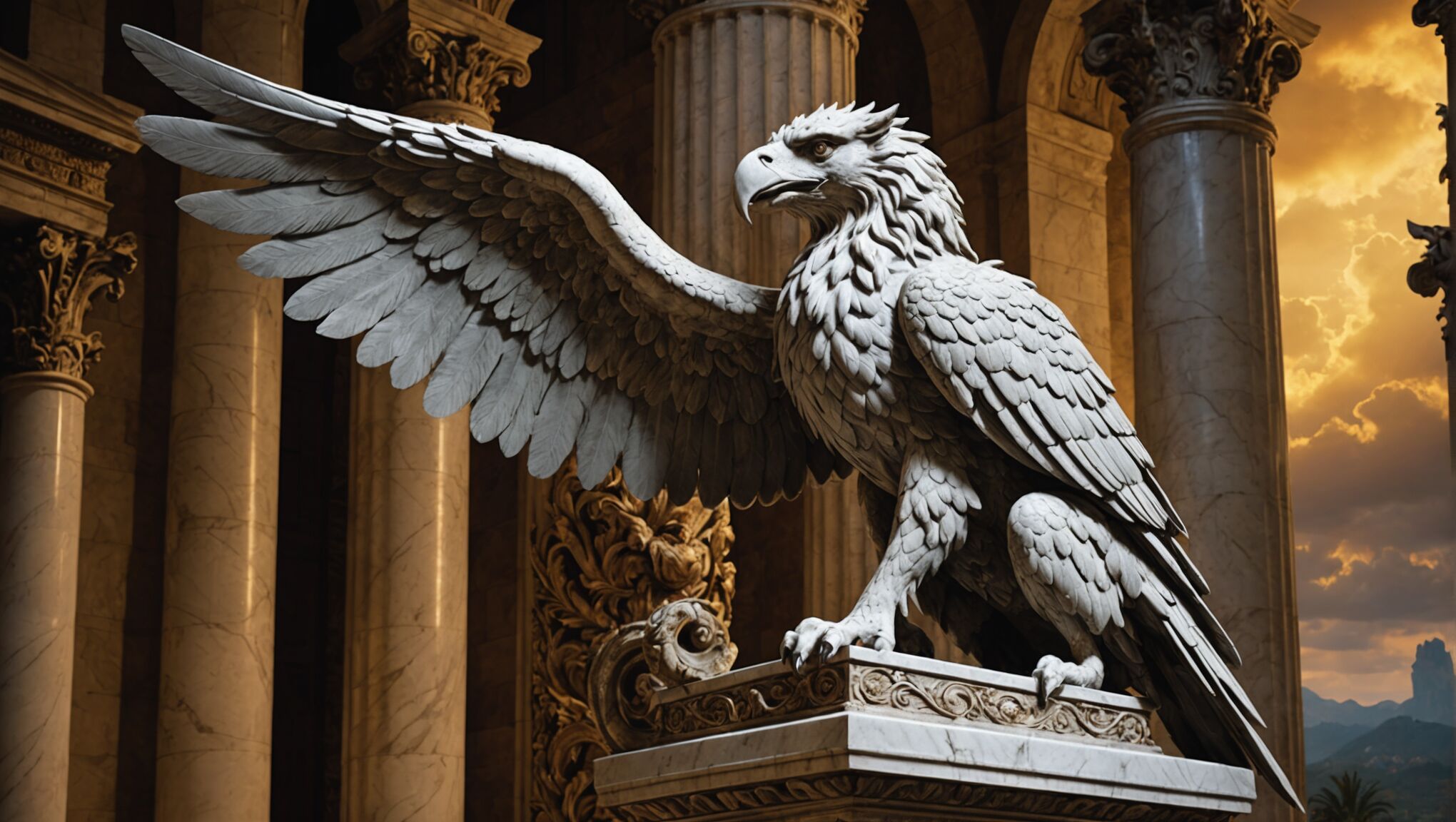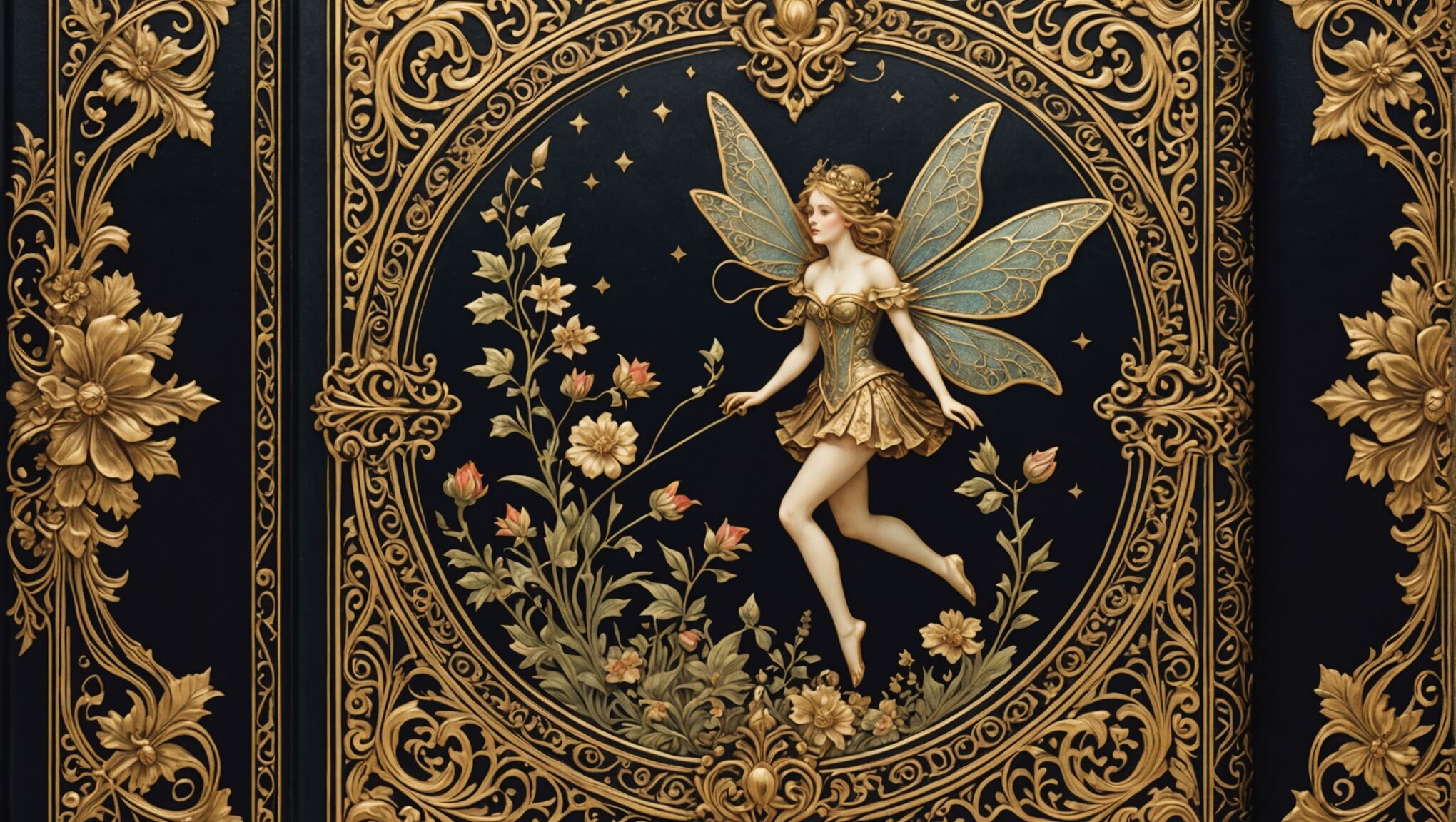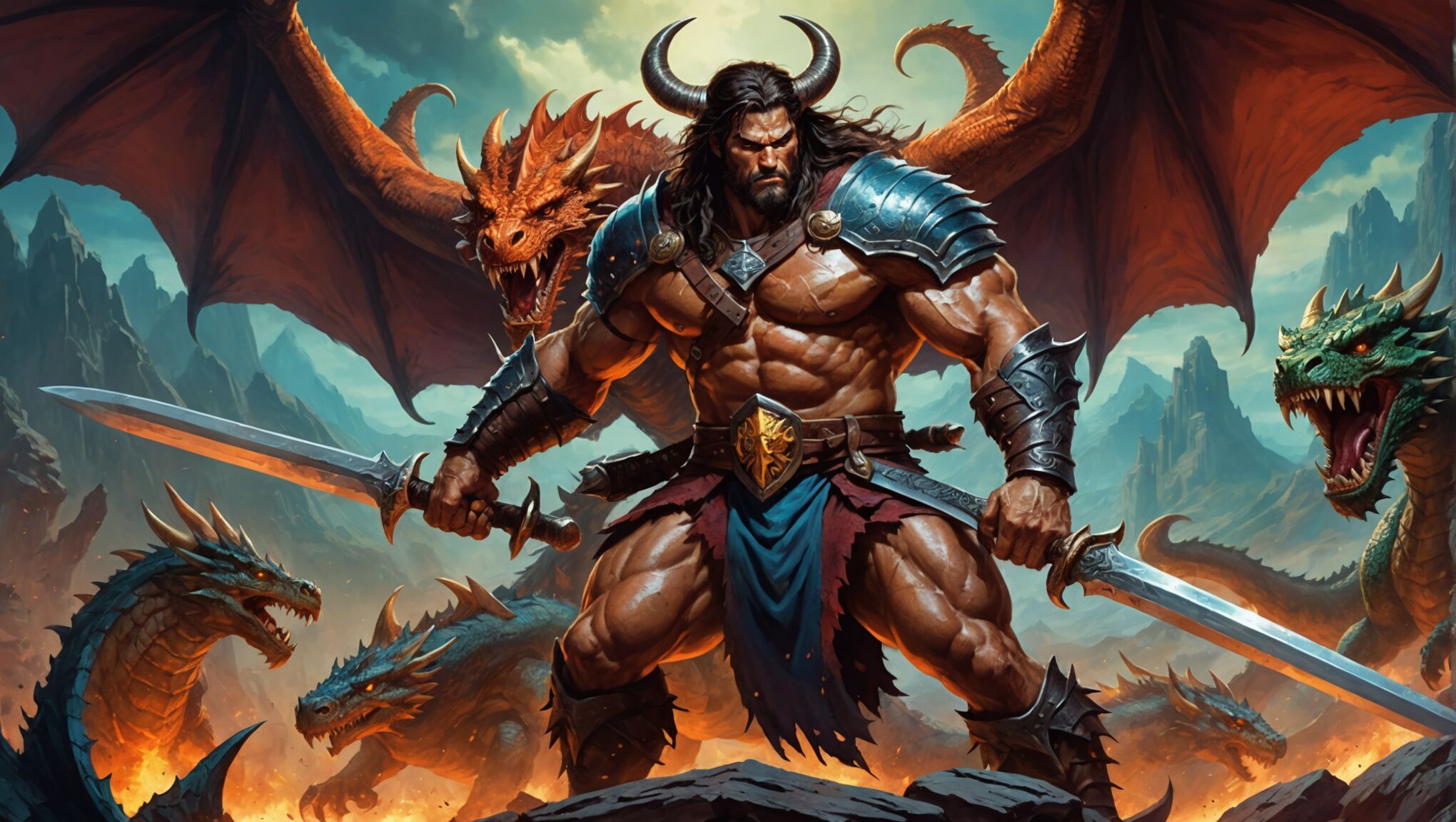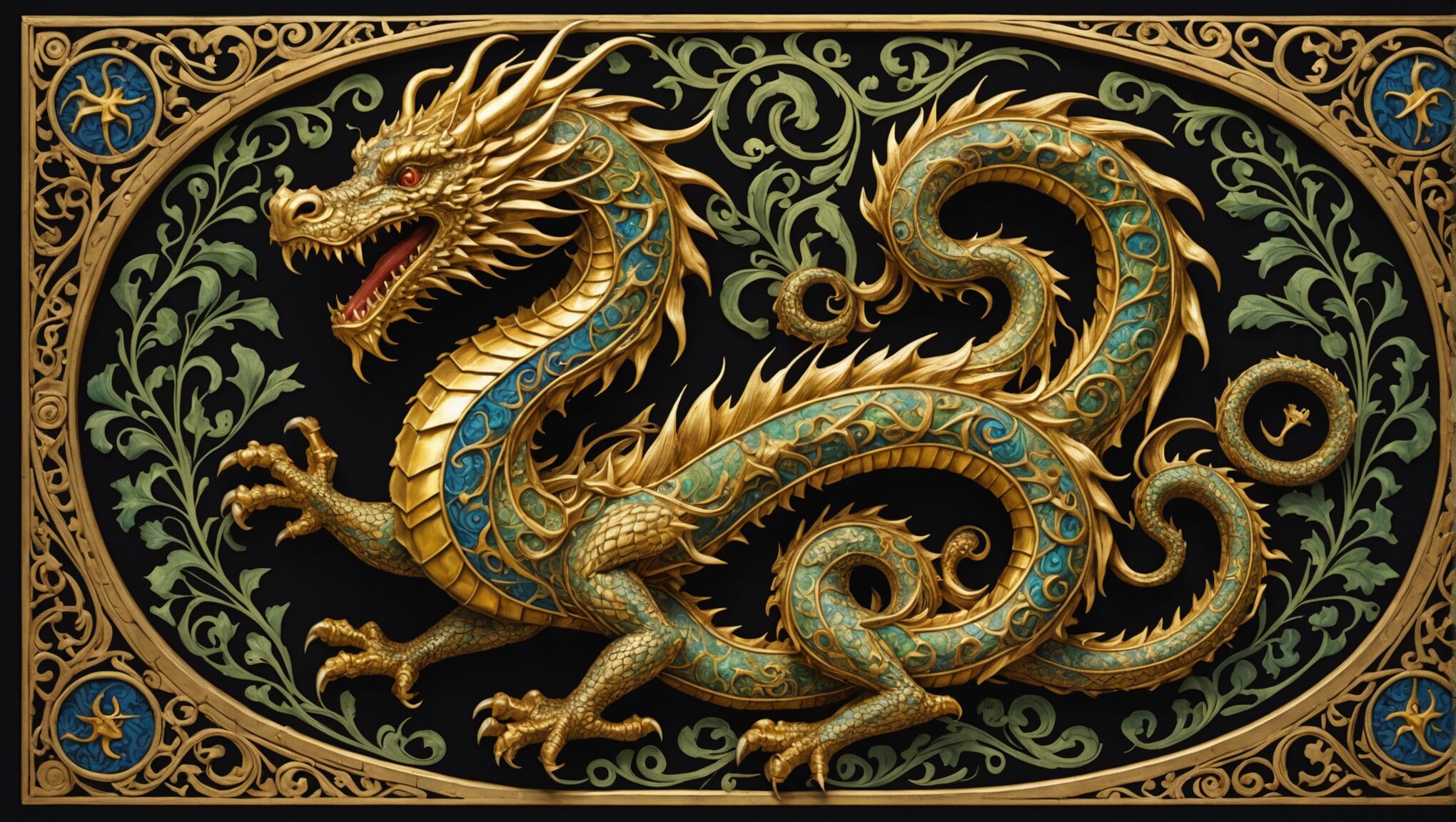blog
Historical Influences in Fantasy Cover Design
The intricate artistry of medieval manuscript illuminations has left an indelible mark on fantasy cover design. These painstakingly crafted works, often adorning religious texts and bestiaries, featured elaborate borders, ornate initial letters, and vivid illustrations that transported viewers to mystical realms. The use of gold leaf and vibrant pigments created a sense of otherworldliness, perfectly suited to fantasy narratives. Artists drew inspiration from these illuminations, incorporating their decorative elements and fantastical creatures into modern book covers. The flat perspective and stylized figures characteristic of medieval art lend themselves well to conveying the surreal and magical aspects of fantasy stories. Many contemporary designers pay homage to this tradition by emulating the rich textures and intricate details found in illuminated manuscripts, creating covers that evoke a sense of ancient wisdom and hidden knowledge. The influence of these historical works is particularly evident in the use of elaborate borders, which frame the central image and often contain symbolic elements related to the story within. “The past is not dead. It is not even past,” as William Faulkner once said, and this rings true in the enduring impact of medieval manuscript illuminations on fantasy cover design.
Renaissance art and mythological themes
 The Renaissance period ushered in a new era of artistic expression that continues to influence fantasy cover design to this day. Artists of this time revived classical mythology, breathing new life into ancient stories and characters. This resurgence of interest in Greek and Roman legends provided a rich tapestry of themes and imagery for fantasy artists to draw upon.
The Renaissance period ushered in a new era of artistic expression that continues to influence fantasy cover design to this day. Artists of this time revived classical mythology, breathing new life into ancient stories and characters. This resurgence of interest in Greek and Roman legends provided a rich tapestry of themes and imagery for fantasy artists to draw upon.
Renaissance artists’ mastery of perspective, anatomy, and realistic portrayal of human figures brought a new level of sophistication to visual storytelling. This attention to detail and realism is often reflected in modern fantasy covers, where heroic figures and mythical creatures are rendered with lifelike precision. The chiaroscuro technique, pioneered during this period, is frequently employed to create dramatic lighting effects that enhance the mood and atmosphere of fantasy scenes.
The allegorical nature of Renaissance art, where complex ideas were represented through symbolic figures and objects, finds its parallel in fantasy cover design. Artists often incorporate subtle visual cues and symbols to hint at the story’s themes or key plot elements, inviting viewers to delve deeper into the narrative.
As Leonardo da Vinci once said, “Painting is poetry that is seen rather than felt, and poetry is painting that is felt rather than seen.” This sentiment perfectly encapsulates the goal of fantasy cover artists who strive to create visually stunning works that evoke emotion and imagination.
The grandeur and idealization present in Renaissance art also informs the epic scale often depicted in fantasy cover illustrations. Sweeping landscapes, majestic architecture, and larger-than-life figures are common elements that can be traced back to this influential period.
Moreover, the Renaissance fascination with the natural world and scientific inquiry is reflected in the detailed depictions of flora, fauna, and fantastic creatures in fantasy art. The meticulous studies of plants and animals by artists like Albrecht Dürer find their echo in the carefully rendered magical beasts and enchanted forests that adorn many fantasy book covers.
The use of rich, saturated colors and the interplay of light and shadow, hallmarks of Renaissance painting, continue to be essential tools in the fantasy artist’s repertoire. These techniques help create depth, atmosphere, and a sense of the extraordinary, transporting viewers to realms of magic and wonder.
Renaissance portraiture, with its emphasis on capturing the essence and status of the subject, influences the way fantasy cover artists depict protagonists and antagonists. Character portraits on book covers often emulate the regal bearing and symbolic attributes found in Renaissance paintings, instantly conveying the hero’s importance or the villain’s menace.
The fusion of classical themes with contemporary imagination in Renaissance art mirrors the blending of historical and fantastical elements in modern fantasy literature. This synergy between past and present, reality and imagination, continues to be a defining characteristic of fantasy cover design, creating visual gateways to worlds where myth and magic come alive.
Victorian-era book covers and illustrations

As the Victorian era dawned, a revolution in book production and illustration techniques ushered in a new age of visual storytelling. The advent of color printing and improved binding methods allowed for more elaborate and eye-catching book covers. Fantasy cover design drew heavily from this period’s aesthetic, characterized by intricate patterns, ornate typography, and richly detailed illustrations.
Victorian artists like Arthur Rackham and Edmund Dulac became synonymous with fairy tale and fantasy illustrations, their whimsical and sometimes eerie style setting the tone for generations of fantasy artists to come. Their use of muted colors, delicate linework, and dreamlike compositions continue to influence modern fantasy cover design, evoking a sense of nostalgia and wonder.
The Pre-Raphaelite movement, with its focus on romantic and mythological themes, also left an indelible mark on fantasy art. The lush, symbolic paintings of artists like John William Waterhouse and Edward Burne-Jones, with their idealized figures and romantic landscapes, provided a visual vocabulary that fantasy cover artists still draw upon today. Their portrayal of legendary figures and magical scenes set a standard for depicting the fantastic in a way that felt both otherworldly and tangibly real.
Choose the right style for your story. Get more info.
Victorian book design also introduced the concept of the “gift book,” lavishly illustrated volumes often featuring gilt edges and embossed covers. This emphasis on the book as a beautiful object in itself has carried through to modern fantasy publishing, where special editions and collector’s covers are prized by enthusiasts. The intricate border designs and decorative elements popular in Victorian books frequently appear in contemporary fantasy covers, adding a touch of vintage elegance to modern designs.
The Victorian fascination with the occult and supernatural found expression in the gothic literature of the time, influencing both the content and visual representation of fantasy works. Dark, brooding atmospheres, haunted landscapes, and mysterious figures became staples of fantasy cover art, drawing directly from the Victorian gothic tradition.
The era’s penchant for classification and cataloging of the natural world also seeped into fantasy illustration. Detailed depictions of imaginary creatures, often presented in a pseudo-scientific manner reminiscent of naturalist drawings, became a popular element in fantasy art. This approach lent an air of authenticity to fantastical beasts, a technique still employed by cover artists to make the impossible seem plausible.
Victorian-era innovations in typography and lettering have had a lasting impact on fantasy book design. Ornate, hand-drawn title treatments and decorative initial caps, hallmarks of Victorian book design, are frequently incorporated into modern fantasy covers to evoke a sense of antiquity and craftsmanship.
The serialization of novels in magazines during this period, often accompanied by dramatic illustrations, influenced the way fantasy cover art teases and entices potential readers. Cover artists learned to capture pivotal moments or intriguing scenes that hinted at the story within, a practice that remains crucial in fantasy cover design today.
The Victorian era’s romanticization of the past, particularly the medieval period, aligned perfectly with the emerging fantasy genre. This nostalgia for a mythologized history is reflected in the visual language of fantasy covers, which often blend historical elements with imaginative flourishes to create a sense of timelessness.
Ultimately, the Victorian era’s contribution to fantasy cover design lies in its fusion of romanticism, craftsmanship, and imagination. It established a visual language for the fantastic that balances the familiar with the extraordinary, creating images that invite viewers to step into worlds where magic and wonder await just beyond the cover.
Art nouveau and the golden age of illustration
The turn of the 20th century ushered in a revolutionary artistic movement known as Art Nouveau, which had a profound impact on book cover design and illustration. This style, characterized by its organic forms, flowing lines, and nature-inspired motifs, brought a fresh and dynamic approach to visual storytelling that continues to influence fantasy cover art today.
Art Nouveau artists such as Alphonse Mucha and Gustav Klimt created works that blended reality with fantasy, often featuring ethereal women surrounded by elaborate decorative elements. This fusion of the mystical and the beautiful became a hallmark of fantasy cover design, inspiring artists to create covers that were not just illustrations but works of art in their own right.
The period also saw the rise of what is now known as the Golden Age of Illustration, spanning roughly from the 1880s to the 1920s. Artists like Arthur Rackham, Edmund Dulac, and Kay Nielsen produced exquisite illustrations for fairy tales and fantasy stories, setting a new standard for book artwork. Their detailed, dreamlike images, often featuring muted color palettes and intricate linework, established a visual vocabulary for fantasy that remains influential to this day.
During this era, advances in printing technology allowed for more sophisticated color reproduction, enabling artists to create richly detailed and vibrant cover designs. This technological progress coincided with a growing public appetite for illustrated books, particularly in the genres of fantasy and children’s literature.
The Art Nouveau movement’s emphasis on stylized natural forms found perfect expression in fantasy cover art. Sinuous vines, exotic flowers, and graceful animals became common elements, often intertwined with typography to create cohesive and visually striking designs. This integration of text and image remains a key feature of many fantasy book covers.
Artists of this period also drew inspiration from diverse cultural sources, incorporating elements from Japanese woodblock prints, Celtic art, and medieval illuminated manuscripts. This eclectic approach to design resonates with the fantasy genre’s ability to blend different mythologies and cultural motifs into new, imaginative worlds.
The Golden Age illustrators’ attention to detail and their ability to capture moments of wonder and magic set a high bar for fantasy artists. Their work often featured intricate border designs, vignettes, and full-page illustrations that invited readers to linger and explore. This level of craftsmanship and the idea of the book as a complete artistic object continue to influence how fantasy covers are conceived and executed.
One of the most significant contributions of this era to fantasy cover design was the concept of the book cover as a portal. Artists began to create images that didn’t merely depict scenes from the story but served as gateways to entire imaginary worlds. This approach, which treats the cover as an invitation to adventure, remains a cornerstone of fantasy book marketing.
The use of symbolism and allegory, prevalent in Art Nouveau and the work of Golden Age illustrators, found a natural home in fantasy cover design. Artists learned to incorporate subtle visual cues and mythological references that hinted at the themes and content of the books, rewarding observant viewers and creating an air of mystery and depth.
| Key Influences | Impact on Fantasy Cover Design |
|---|---|
| Art Nouveau | Organic forms, flowing lines, nature motifs |
| Golden Age Illustration | Detailed, dreamlike imagery, intricate linework |
| Printing Advancements | Richer color palettes, more complex designs |
| Cultural Eclecticism | Diverse influences in motifs and styles |
| Symbolism and Allegory | Layered meanings and visual storytelling |
The legacy of Art Nouveau and the Golden Age of Illustration in fantasy cover design is one of beauty, craftsmanship, and imagination. These movements elevated book cover art to new heights, creating a visual language for fantasy that continues to evolve while honoring its rich historical roots. Modern fantasy artists frequently pay homage to this golden era, drawing on its techniques and sensibilities to create covers that are both nostalgic and contemporary, inviting readers to embark on magical journeys with just a glance.
Pulp fiction and early 20th century fantasy
 The early 20th century saw a revolution in popular literature with the rise of pulp fiction magazines, which had a profound impact on fantasy cover design. These publications, known for their lurid and sensationalistic cover art, introduced a bold, dynamic style that would shape the visual language of fantasy for decades to come.
The early 20th century saw a revolution in popular literature with the rise of pulp fiction magazines, which had a profound impact on fantasy cover design. These publications, known for their lurid and sensationalistic cover art, introduced a bold, dynamic style that would shape the visual language of fantasy for decades to come.
Pulp covers were designed to grab attention on crowded newsstands, featuring vivid colors, dramatic scenes, and larger-than-life characters. Artists like Frank Frazetta, Boris Vallejo, and Virgil Finlay became household names, their work synonymous with the fantasy and science fiction genres. Their style, characterized by muscular heroes, scantily clad heroines, and fearsome monsters, established archetypes that continue to influence fantasy art today.
The use of action-packed compositions and exaggerated perspectives in pulp covers brought a new level of dynamism to fantasy art. Cover artists learned to capture moments of high drama, creating images that told a story at a glance. This approach remains a staple of fantasy cover design, with artists striving to convey the essence of a book’s plot or atmosphere in a single, arresting image.
Color became a powerful tool in the pulp artist’s arsenal. Bright, saturated hues and stark contrasts were used to create eye-catching designs that stood out on shelves. This bold use of color continues to be a hallmark of fantasy cover art, with artists using vibrant palettes to evoke otherworldly atmospheres and magical effects.
The pulp era also saw the rise of iconic fantasy characters and archetypes. Heroes like Conan the Barbarian, created by Robert E. Howard, set the standard for the sword-and-sorcery subgenre. The visual representation of these characters on pulp covers, with their exaggerated physiques and dramatic poses, established a visual shorthand for heroism and adventure that persists in fantasy art.
As the century progressed, fantasy art began to mature and diversify. Artists like Jeffrey Jones and Michael Whelan brought a more sophisticated approach to cover illustration, blending the energy of pulp art with more refined techniques and compositions. This evolution reflected the growing complexity and literary ambition of fantasy fiction itself.
The influence of early 20th-century fantasy art extends beyond mere aesthetics. It shaped reader expectations and helped define the visual identity of entire subgenres. The sword-and-sorcery look popularized by Frazetta, the ethereal fantasy worlds of Whelan, and the dark, brooding atmospheres of gothic horror covers all trace their roots to this formative period.
The legacy of pulp and early 20th-century fantasy art is a testament to the power of visual storytelling. These artists didn’t just illustrate stories; they created entire worlds with their brushstrokes, inviting readers to dream and imagine. Their work reminds us that a book cover is more than just packaging—it’s a promise of adventure, a glimpse into another reality.
As we reflect on this era, we might ask ourselves: How do these historical influences continue to shape our perception of fantasy? What new directions might fantasy cover art take in the future, while still honoring its rich heritage? The answers to these questions will undoubtedly influence the next generation of fantasy artists and readers, as the genre continues to evolve and captivate imaginations around the world.

